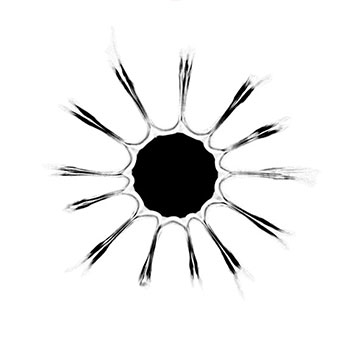What is carbon monoxide poisoning? A friend of mine has this. Can it be treated if it is caught in time? What are the risks?
1 Answer
Carbon monoxide poisoning is when someone inhales too much carbon monoxide gas.
Explanation:
After carbon monoxide is breathed in, it enters your bloodstream and mixes with hemoglobin (the part of red blood cells that carry oxygen around your body), to form carboxyhemoglobin.
When this happens, the blood is no longer able to carry oxygen, and this lack of oxygen causes the body’s cells and tissue to fail and die.
Seek medical advice from your GP if you think you've been exposed to low levels of carbon monoxide. Go immediately to your local accident and emergency (A&E) department if you think you've been exposed to high levels.
SYMPTOMS AND TREATMENT
Your symptoms will often indicate whether you have carbon monoxide poisoning, but a blood test will confirm the amount of carboxyhemoglobin in your blood. A level of 30% indicates severe exposure.
People who smoke can often have higher than normal levels of carboxyhemoglobin in their blood, which can sometimes make it difficult to interpret the results.
Mild carbon monoxide poisoning doesn't usually need hospital treatment, but it's still important that you seek medical advice.
Standard oxygen therapy in hospital will be needed if you've been exposed to a high level of carbon monoxide, or you have symptoms that suggest exposure.
You'll be given 100% oxygen through a tight-fitting mask (normal air contains around 21% oxygen). Breathing in concentrated oxygen enables your body to quickly replace carboxyhemoglobin. Therapy will continue until your carboxyhemoglobin levels decrease to less than 10%.
RISK FACTORS
blocked flues and chimneys – this can stop carbon monoxide escaping, allowing it to reach dangerous levels
burning fuel in an enclosed or unventilated space – for example, running a car engine, petrol-powered generator or barbecue inside a garage, or a faulty boiler in an enclosed kitchen
faulty or blocked car exhausts – a leak or blockage in the exhaust pipe, such as after heavy snowfall, could lead to a build-up of carbon monoxide
paint fumes – some cleaning fluids and paint removers contain methylene chloride (dichloromethane), which can cause carbon monoxide poisoning if breathed in.
smoking shisha pipes indoors – shisha pipes burn charcoal and tobacco, which can lead to a build-up of carbon monoxide in enclosed or unventilated rooms.
Source: http://www.nhs.uk/Conditions/Carbon-monoxide-poisoning/Pages/Introduction.aspx#treating

